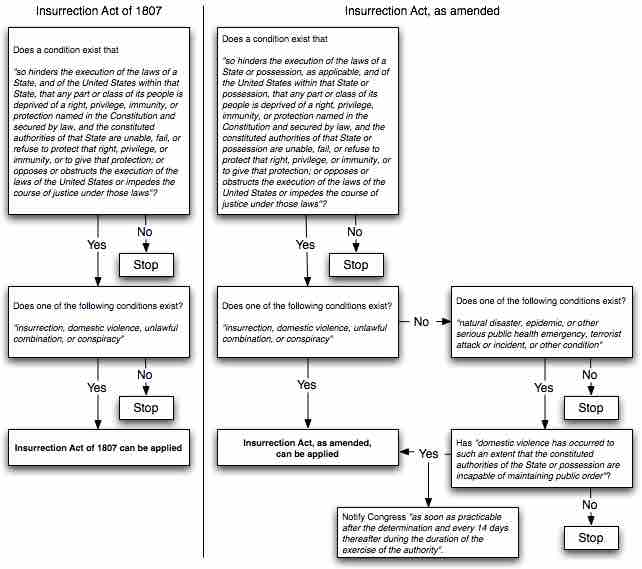Introduction
A state of emergency is a governmental declaration that may suspend some normal functions of the executive, legislative, and judicial powers; alert citizens to change their normal behaviors; or order government agencies to implement emergency preparedness plans. It also can be used as a rationale for suspending rights and freedoms, even if guaranteed under the Constitution. Such declarations usually come during a time of natural or man-made disaster, periods of civil unrest, or following a declaration of war or situation of international or internal armed conflict.
Application in the United States
In the United States, there are several methods for government response to emergency situations. A state governor or local mayor may declare a state of emergency within his or her jurisdiction. This is common at the state level in response to natural disasters. The president of the United States, as head of the executive branch, has the authority to declare a federal state of emergency. At least two constitutional rights are subject to revocation during a state of emergency:
The right of habeas corpus, under Article 1, Section 9, and the right to a grand jury for members of the National Guard when in actual service, under Fifth Amendment.
Habeas corpus was suspended on April 27, 1861 during the American Civil War by Abraham Lincoln in parts of Maryland and some midwestern states, including southern Indiana. He did so in response to demands by generals to set up military courts to rein in "copperheads," those in the Union who supported the Confederate cause. On December 16, 1950, during the Korean War, President Truman issued Presidential Proclamation No. 2914, declaring a state of national emergency. In 1952, the Supreme Court ruling in Youngstown Sheet & Tube Co. v. Sawyer established that presidents may not act contrary to Acts of Congress during an emergency.
The Insurrection Act of 1807is the set of laws that govern the president's ability to deploy troops within the United States to put down lawlessness, insurrection, and rebellion. The general aim is to limit presidential power as much as possible, relying on state and local governments for initial response in the event of insurrection. Coupled with the Posse Comitatus Act, presidential powers for law enforcement are limited and delayed.
During the Watergate scandal, which erupted in the 1970s after President Richard Nixon authorized a variety of illegal acts, Congress investigated the extent of the president's powers and belatedly realized that the United States had been in a continuous state of emergency since 1950. As a result, in 1976, the National Emergencies Act set a limit of two years on emergency declarations unless the president explicitly extends them and requires the president to specify in advance which legal provisions will be invoked. The act terminated the emergency of 1950 on September 14, 1978; however, even in the twenty-first century, the federal courts have upheld harsh penalties for crimes that occurred during the state of national emergency from 1950 to 1978, where the penalties were escalated because of the existence of that emergency.
Impact of the September 11 Attacks
The United States has been continuously in a state of national emergency since September 14, 2001, when the Bush administration invoked it premised on the September 11 attacks. In September 2011, President Barack Obama informed Congress that the State of National Emergency, in effect since September 14, 2001, would be extended another year. The National Emergencies Act grants various powers to the president during times of emergency and was intended to prevent a president from declaring a state of emergency of indefinite duration .

Insurrection Act of 1807 Flowchart
A flowchart comparison of when the provisions of the Insurrection Act can be implemented, under the original and amended wording.
On September 30, 2006, Congress modified the Insurrection Act, as part of the 2007 Defense Authorization Bill (repealed as of 2008). Section 1076 of the law changed Sec. 333 of the Insurrection Act of 1807 and widened the president's ability to deploy troops within the United States to enforce the laws. Under this act, the president may also deploy troops as a police force during a natural disaster, epidemic, serious public health emergency, terrorist attack, or other condition, when the president determines that the authorities of the state are incapable of maintaining public order. The bill also modified Sec. 334 of this act, giving the president authority to order the dispersal of either insurgents or "those obstructing the enforcement of the laws. " The law changed the name of the chapter from "Insurrection" to "Enforcement of the Laws to Restore Public Order. "